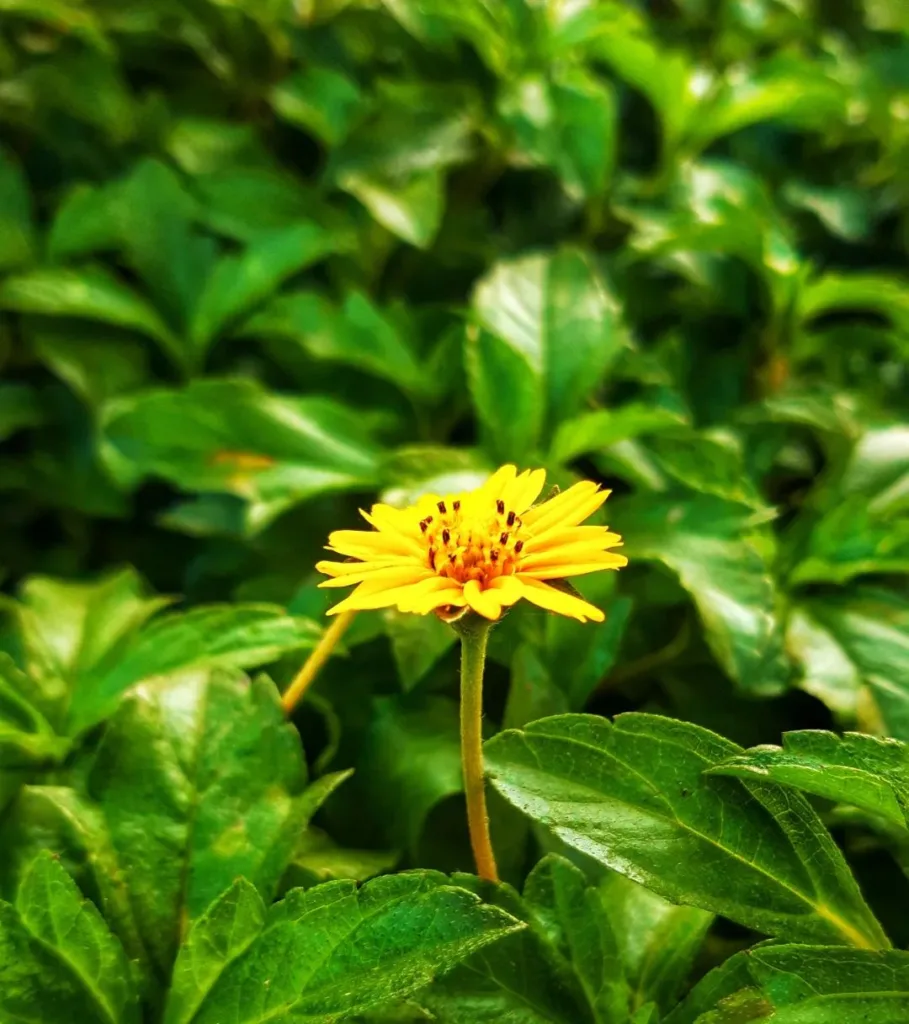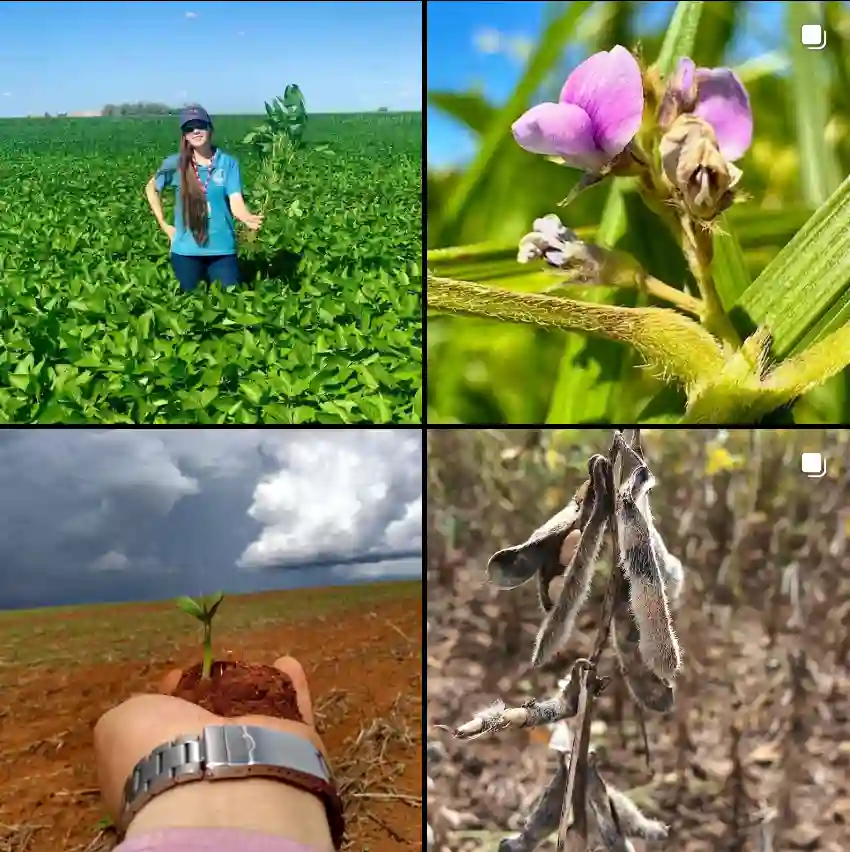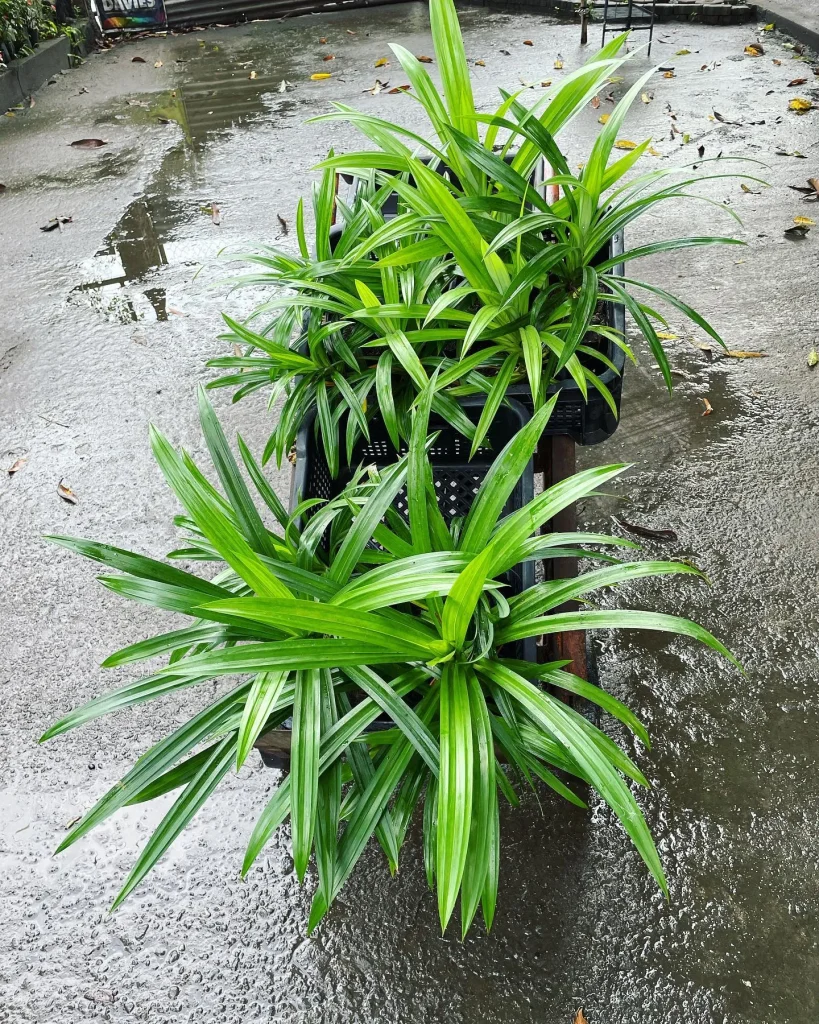Ribes: A World of Berries and Beyond
My name is Ferb Vu, and I’ve always been fascinated by the diversity of the natural world. One genus of plants that I find particularly interesting is Ribes, a group that includes both currants and gooseberries. These plants, with their vibrant berries and often-prickly stems, are a common sight in many parts of the world, and they hold a special place in my heart.
A Diverse Genus
Ribes is a large genus, encompassing 196 species. These species are primarily found in the temperate regions of the Northern Hemisphere, though some extend south into the Andes Mountains in South America. This wide distribution has led to a remarkable diversity within the genus, with species varying greatly in their growth habits, leaf shapes, flower colors, and fruit characteristics.
- Ribes acerifolium Howell
- Ribes achurjanii Mulk.
- Ribes aciculare Sm.
- Ribes affine Kunth
- Ribes albifolium Ruiz & Pav.
- Ribes alpestre Wall. ex Decne.
- Ribes alpinum L.
- Ribes amarum McClatchie
- Ribes amazonica Weigend & E.Rodr.
- Ribes ambiguum Maxim.
- Ribes americanum Mill.
- Ribes anatolicum Behçet
- Ribes andicola Jancz.
- Ribes armenum Pojark.
- Ribes atropurpureum C.A.Mey.
- Ribes aureum Pursh
- Ribes austroecuadorense Freire-Fierro
- Ribes × berisioides Jancz.
- Ribes bicolor Phil.
- Ribes biebersteinii Berland. ex DC.
- Ribes binominatum A.Heller
- Ribes bogotanum Jancz.
- Ribes bolivianum Jancz.
- Ribes brachybotrys (Wedd.) Jancz.
- Ribes bracteosum Douglas
- Ribes brandegeei Eastw.
- Ribes burejense F.Schmidt
- Ribes caldasiense Weigend
- Ribes californicum Hook. & Arn.
- Ribes canescens Pittier
- Ribes canthariforme Wiggins
- Ribes catamarcanum Jancz.
- Ribes cereum Douglas
- Ribes ceriferum Coville & Rose
- Ribes chachapoyense Weigend & Breitkopf
- Ribes chihuahuense Britton
- Ribes ciliatum Humb. & Bonpl. ex Schult.
- Ribes colandina Weigend
- Ribes contumazensis Weigend
- Ribes costaricensis Weigend
- Ribes cucullatum Hook. & Arn.
- Ribes cuneifolium Ruiz & Pav.
- Ribes curvatum Small
- Ribes cynosbati L.
- Ribes davidii Franch.
- Ribes densiflorum Phil.
- Ribes diacantha Pall.
- Ribes dikuscha Fisch. ex Turcz.
- Ribes divaricatum Douglas
- Ribes dombeyanum (Spach) Jancz.
- Ribes dugesii Greenm.
- Ribes echinellum (Coville) Rehder
- Ribes ecuadorense Jancz.
- Ribes elegans Jancz.
- Ribes erectum Freire-Fierro
- Ribes erythrocarpum Coville & Leiberg
- Ribes fargesii Franch.
- Ribes fasciculatum Siebold & Zucc.
- Ribes fontaneum Bochkarn.
- Ribes fontinale Britton
- Ribes formosanum Hayata
- Ribes fragrans Pall.
- Ribes franchetii Jancz.
- Ribes frankei Weigend & Breitkopf
- Ribes fujisanense S.Sakag. & M.Oishi
- Ribes fuyunense T.C.Ku & Konta
- Ribes giraldii Jancz.
- Ribes glabricalycinum L.T.Lu
- Ribes glabrifolium L.T.Lu
- Ribes glaciale Wall.
- Ribes glandulosum Weber
- Ribes grande Rose
- Ribes grandisepalum Durán-Esp. & Avendaño
- Ribes graveolens Bunge
- Ribes griffithii Hook.f. & Thomson
- Ribes henryi Franch.
- Ribes heterotrichum C.A.Mey.
- Ribes himalense Royle ex Decne.
- Ribes hirtellum Michx.
- Ribes hirticaule J.F.Macbr.
- Ribes hirtum Humb. & Bonpl. ex Schult.
- Ribes horridum Rupr. ex Maxim.
- Ribes huancabambense Weigend & Breitkopf
- Ribes hudsonianum Richardson
- Ribes humile Jancz.
- Ribes hunanense Chang Y.Yang & C.J.Qi
- Ribes incarnatum Wedd.
- Ribes incertum J.F.Macbr.
- Ribes indecorum Eastw.
- Ribes inerme Rydb.
- Ribes integrifolium Phil.
- Ribes janczewskii Pojark.
- Ribes japonicum Maxim.
- Ribes khorasanicum Saghafi & Assadi
- Ribes kialanum Jancz.
- Ribes komarovii Pojark.
- Ribes lacustre (Pers.) Poir.
- Ribes lasianthum Greene
- Ribes latifolium Jancz.
- Ribes laurifolium Jancz.
- Ribes laxiflorum Pursh
- Ribes lehmannii Jancz.
- Ribes leptanthum A.Gray
- Ribes leptostachyum Benth.
- Ribes lobbii A.Gray
- Ribes longeracemosum Franch.
- Ribes luridum Hook.f. & Thomson
- Ribes luteynii Weigend
- Ribes macrobotrys Ruiz & Pav.
- Ribes macrostachyum Jancz.
- Ribes madrense Coville & Rose
- Ribes magellanicum Poir.
- Ribes malvaceum Sm.
- Ribes malvifolium Pojark.
- Ribes mandshuricum (Maxim.) Kom.
- Ribes marshallii Greene
- Ribes maximoviczianum Kom.
- Ribes maximowiczii Batalin
- Ribes mediatum Měsíček & Soják
- Ribes melananthum Boiss. & Hohen.
- Ribes menziesii Pursh
- Ribes mescalerium Coville
- Ribes meyeri Maxim.
- Ribes microphyllum Kunth
- Ribes missouriense Nutt.
- Ribes montigenum McClatchie
- Ribes moupinense Franch.
- Ribes multiflorum Kit. ex Schult.
- Ribes nanophyllum Freire-Fierro & Endara
- Ribes neglectum Rose
- Ribes nelsonii Coville & Rose
- Ribes nevadense Kellogg
- Ribes nigrum L.
- Ribes niveum Lindl.
- Ribes orientale Desf.
- Ribes orizabae Rose
- Ribes ovalifolium Jancz.
- Ribes oxyacanthoides L.
- Ribes pallidiflorum Pojark.
- Ribes × pallidum Otto & A.Dietr.
- Ribes parvifolium Phil.
- Ribes pentlandii Britton
- Ribes peruvianum Jancz.
- Ribes petraeum Wulfen
- Ribes pinetorum Greene
- Ribes polyanthes Phil.
- Ribes praecox J.F.Macbr.
- Ribes pringlei Rose
- Ribes procumbens Pall.
- Ribes pseudofasciculatum K.S.Hao
- Ribes pulchellum Turcz.
- Ribes punctatum Ruiz & Pav.
- Ribes quercetorum Greene
- Ribes roezlii Regel
- Ribes rotundifolium Michx.
- Ribes rubrisepalum L.T.Lu
- Ribes rubrum L.
- Ribes sachalinense (F.Schmidt) Nakai
- Ribes sanchezii Weigend
- Ribes sanguineum Pursh
- Ribes sardoum Martelli
- Ribes saxatile Pall.
- Ribes sericeum Eastw.
- Ribes setchuense Jancz.
- Ribes sinanense F.Maek.
- Ribes soulieanum Jancz.
- Ribes speciosum Pursh
- Ribes spicatum E.Robson
- Ribes steinbachiorum Weigend & Binder
- Ribes stenocarpum Maxim.
- Ribes sucheziense Jancz.
- Ribes sylvestre F.Dietr.
- Ribes takare D.Don
- Ribes tenue Jancz.
- Ribes thacherianum (Jeps.) Munz
- Ribes tianquanense S.H.Yu & J.M.Xu
- Ribes tolimense Cuatrec.
- Ribes tortuosum Benth.
- Ribes trilobum Meyen
- Ribes triste Pall.
- Ribes tularense (Coville) Standl.
- Ribes tumerec Weigend & Breitkopf
- Ribes turbinatum Pojark.
- Ribes uva-crispa L.
- Ribes valdivianum Phil.
- Ribes × varoi Blanca
- Ribes velutinum Greene
- Ribes viburnifolium A.Gray
- Ribes victoris Greene
- Ribes vilmorinii Jancz.
- Ribes viridiflorum (W.C.Cheng) L.T.Lu & G.Yao
- Ribes viscosissimum Pursh
- Ribes watsonianum Koehne
- Ribes weberbaueri Jancz.
- Ribes wolfii Rothr.
- Ribes xizangense L.T.Lu
More Than Just Fruit
While Ribes is perhaps best known for its edible berries, the genus offers more than just culinary delights. Many species are also grown as ornamental plants, valued for their attractive foliage, flowers, and fall color. The flowering currant, for example, is a popular garden shrub, while the alpine currant (Ribes alpinum) is often used for hedging.
Beyond their aesthetic value, Ribes species play an important ecological role. Their flowers provide nectar and pollen for pollinators, and their berries are a food source for birds and other wildlife. Some species, such as the wax currant (Ribes cereum), are even used for erosion control.
Challenges and Conservation
Despite their hardiness, Ribes species face a number of challenges. One major threat is white pine blister rust, a fungal disease that can infect and kill certain species of pine trees. Ribes plants act as an alternate host for this fungus, and in some areas, their cultivation is restricted to protect valuable pine forests.
Climate change also poses a threat to Ribes species, as it can alter their natural habitats and disrupt their growth cycles. Conservation efforts are underway to protect these valuable plants and ensure their continued survival.
A Personal Connection
I have a personal fondness for Ribes. Growing up, my family had a blackcurrant bush in our backyard, and I have vivid memories of picking the ripe berries and enjoying their unique flavor. Even today, the sight of a Ribes plant brings back those childhood memories and reminds me of the beauty and diversity of the natural world.
I believe that Ribes is a genus worth celebrating. Whether you enjoy their delicious fruits, admire their ornamental beauty, or appreciate their ecological importance, these plants have something to offer everyone. I encourage you to learn more about this fascinating genus and discover the wonders it holds.




